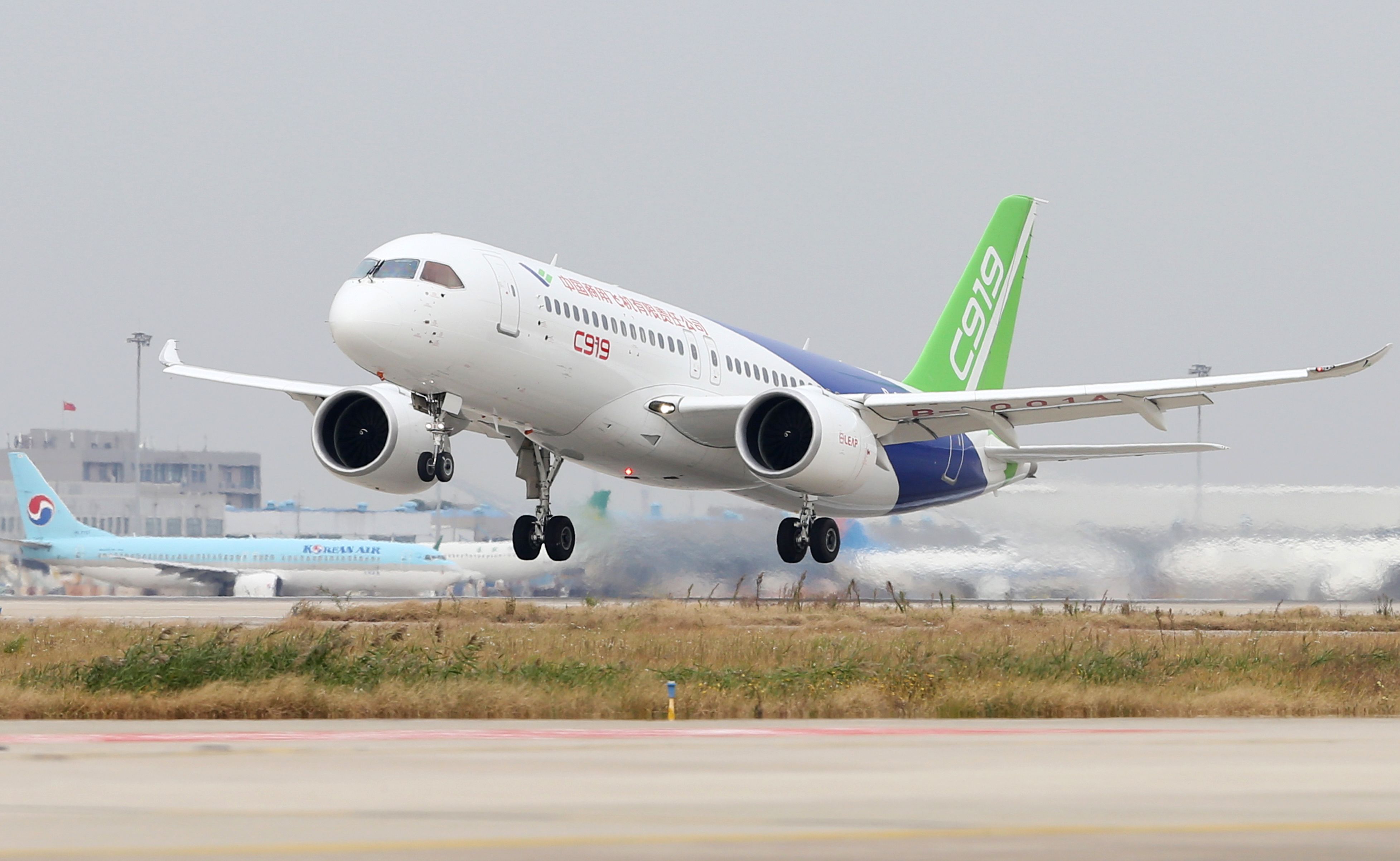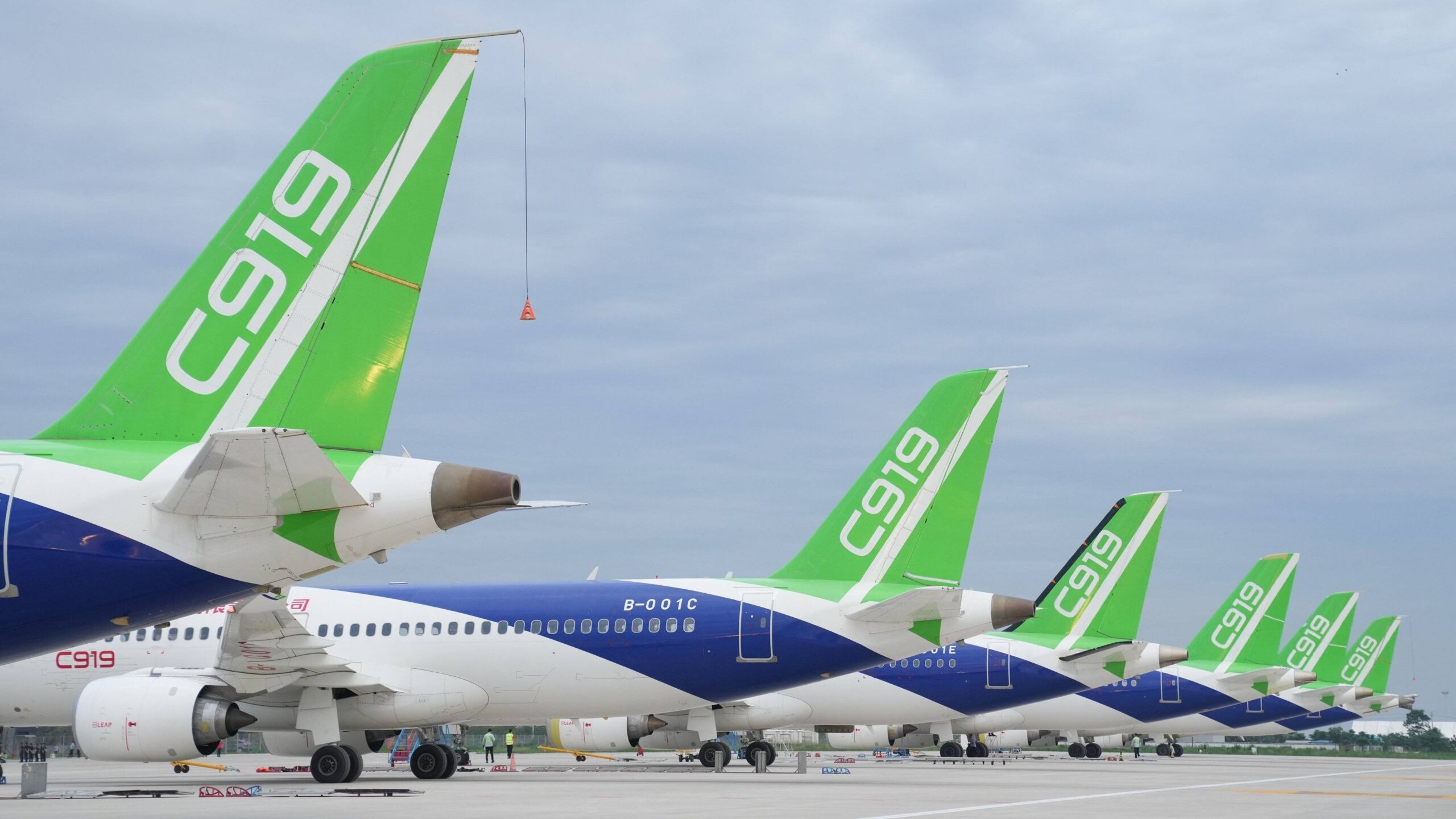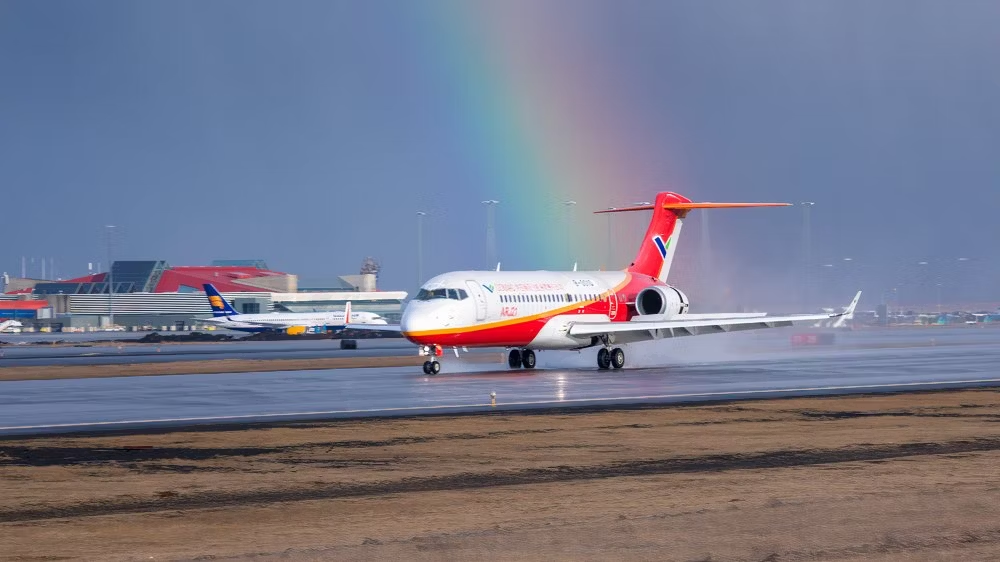Summary
- China established its first dedicated civil aircraft flight test base in Shaanxi Province.
- Due to the lack of dedicated civil aircraft flight test airports, the ARJ21 project’s certification flight testing was subject to many restrictions.
- As China aimed to develop its low-altitude industry, its airspace management gradually shifted from being military-led to being civil aviation-led.
On June 2, China officially established a dedicated flight test base for civil aircraft in Pucheng County, Shaanxi Province. This is the first flight test base in China specifically for civil aircraft.
The base is about 40 kilometers (25 miles) away from Yanliang Airport, China’s largest military aircraft flight test base, and the location of the AVIC Flight Test Institute. It is also approximately 80 kilometers (50 miles) from Xi’an, the capital city of Shaanxi Province.
According to reports from the Aviation Industry Corporation of China (AVIC), the base is affiliated with AVIC. AVIC primarily produces various types of military aircraft for China, including the J-20 fighter, the J-15 carrier-based fighter, the Y-20 transport aircraft, the H-6K strategic bomber, the Z-10 attack helicopter, and others. Additionally, it manufactures some civil aircraft, such as the AG600 amphibious aircraft and the AC313A civil helicopter.
Photos released by AVIC from the inauguration ceremony show the presence of the Minister of Industry and Information Technology, the Governor of Shaanxi Province, and the heads of China’s three major central government-owned aerospace enterprises (AVIC, the Commercial Aircraft Corporation of China (COMAC), and the Aero Engine Corporation of China (AECC)). This demonstrates the significant importance of the base to China’s civil aviation manufacturing industry.
Photo: AVIC
The Challenges of Flight Testing Civil Aircraft in China
Flight testing is a necessary step for civil aircraft to obtain airworthiness certification, and is also an important fundamental capability for a country’s civil aviation industry development.
The first complete flight test certification process that China’s civil aviation manufacturing industry went through was with the ARJ21 project. The ARJ21 had its first flight in 2008 at Dachang Airport in Shanghai, which is subordinate to the aviation forces of the Chinese People’s Liberation Army (PLA) Navy. Due to the airport’s routine military training missions and its proximity to downtown Shanghai, which requires noise impact considerations, the ARJ21’s flight testing at this location was frequently restricted.
In order to have more flexible flight testing arrangements, COMAC set up the main ARJ21 flight test base at Yanliang Airport. Another advantage of this location was being able to draw upon the decades of military aircraft flight testing experience accumulated by AVIC’s Flight Test Institute there, which could provide references for the ARJ21 project.
Photo: COMAC
However, the various restrictions of a military base, as well as the lack of conditions in China for special civil aircraft flight test subjects, greatly constrained the ARJ21’s flight testing progress. The ARJ21 was forced to go to the Great Lakes region of North America in 2014 to conduct natural icing flight tests, and to Iceland in 2018 to complete crosswind flight tests.
The flight testing conditions improved for the subsequent C919 project after the ARJ21. In 2015, COMAC established a flight test base in Dongying, Shandong Province, in eastern China. In 2018, another was established in Nanchang, Jiangxi Province. During the later C919 certification flight tests, the Dongying and Nanchang bases became good complements to the Yanliang flight test base.
In July 2022, prior to the C919 obtaining certification, COMAC transferred its 6 experimental test aircraft to Pucheng Airport in Shaanxi Province to conduct high key/roller coaster flights.

Related
COMAC C919 Edges Closer To Certification After Test Aircraft Task Completion
COMAC completed all C919 test flights, aiming for the certification before the major political event.
China’s Airspace Management System
Since the founding of the People’s Republic of China in 1949, it has always been a country with strict airspace management, and until before 2020, the responsibility for airspace management was under the Chinese PLA.
For 32 years, from 1988 to 2020, the State Air Traffic Management Commission Office was the department responsible for daily airspace management in China, with its director concurrently serving as the director of the Operations Department of the PLA General Staff.
In recent years, as China began vigorously developing its low-altitude industry, in October 2020, the Communist Party of China established the Central Air Traffic Management Commission, making the party the responsible body for airspace management.
In March 2021, the Office of the Central Air Traffic Management Commission was established, with the chairman of Air China appointed as the first director. This appointment also signaled a shift in airspace management priorities from a military focus to an emphasis on civil aviation considerations.



